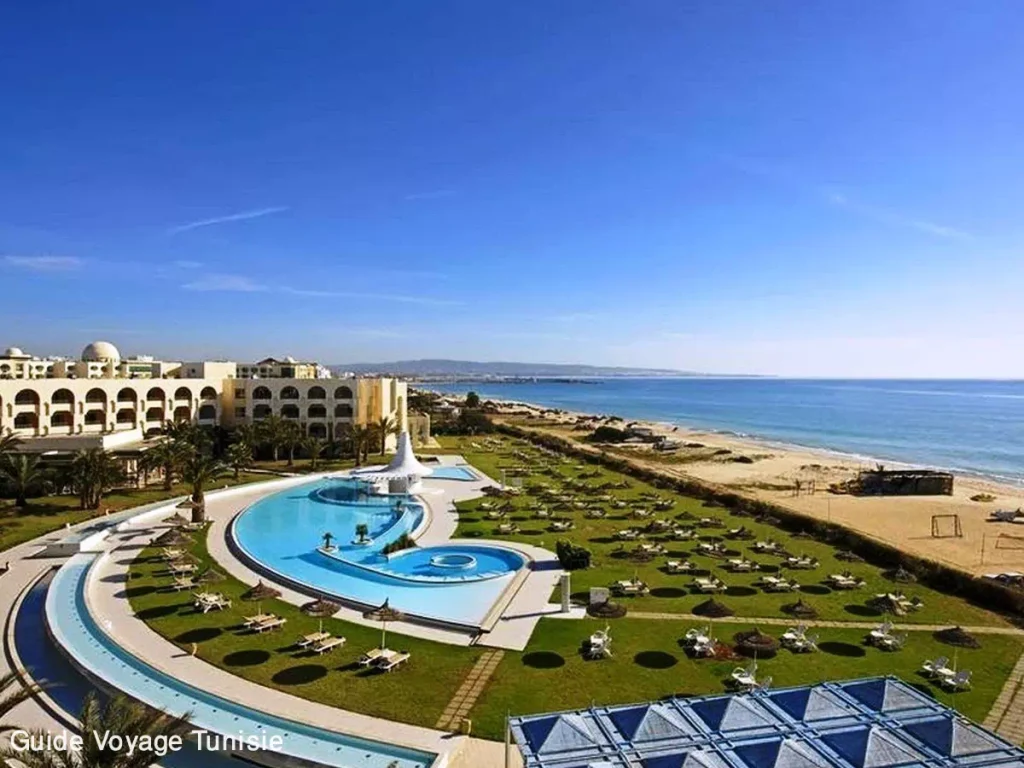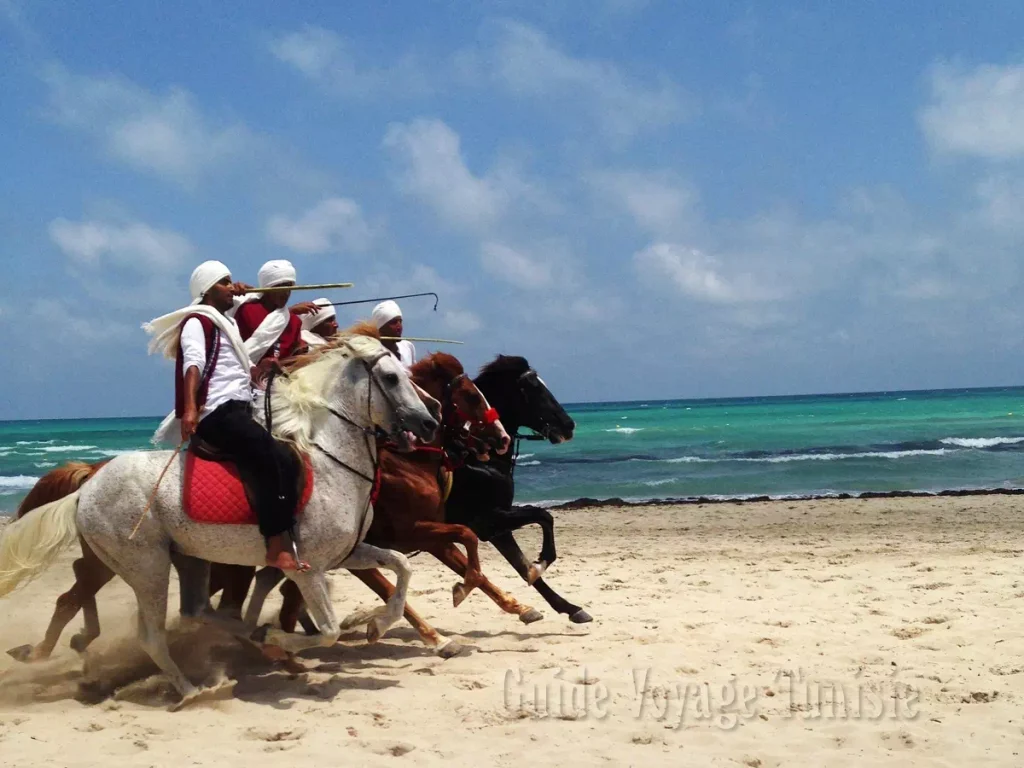The city of Nabeul
The city of Nabeul is a Tunisian city located in the northeast of the country. It is one of the largest towns in the happy region: the cap Bon peninsula. It is the capital of the governorate of the same name. It is distant about sixty kilometers southeast of the capital of Tunisia. According to the 2014 censuses, it had 70,437 inhabitants.
It forms a huge agglomeration with 185,000 inhabitants, with the towns of Dar Chaban, Bni Khiar, Mamoura and Hammamet. It opens onto the Gulf of Hammamet with a very beautiful beach of golden sand and clear waters, making it the second busiest tourist destination in the region. Its yards and its Mediterranean climate also make it very popular with Europeans.
The city of Nabeul dates back at least 2400 years. It was named Neapolis by the Greeks then by the Romans. It did not have a great importance in history from the Roman occupation of North Africa. In addition, it was destroyed by the Byzantines during the Arab-Muslim conquests. During the reign of the Muslim dynasties, the city acquired its most important monuments, in particular the Medina with its souks (notably the souk El Haddada for the blacksmiths, souk El Balgha, souk El Ihoud where the Jews were found and souk Ezzit where one sold oil) and its doors including the main entrance named Beb Bled, and also Beb El Khoukha and Beb El Zaouia. Among the other important monuments dating from this period we also note Ksar Nabeul and the great mosque. Under the French protectorate, the city became a holiday destination, and gradually it turned into a famous seaside resort.
When you visit Nabeul, you quickly realize that this city is famous for the production and sale of pottery, which is reflected in the statues at the entrance to the city and at the junctions between the streets. The pottery style is typically Tunisian with a pleasantly bright design and a variety of patterns. It is a very good place if you are looking to buy articles for the garden or the house. Particularly on the road to Tunis just outside Nabeul, there are a large number of shops offering all types of pottery items. The city’s craftsmanship is its strongest point, not only for pottery but also for mat weaving, ironwork, sculpture, and embroidery.
By entering this city with green landscapes impregnated with marine sweetness, we also realize that it is very well cared for, its streets are particularly clean for other cities and this also applies to its Medina. The latter, despite being small in comparison with other Tunisian historic cities, is meticulously cared for and put into condition. She is also very calm and endowed with an inexpressible charm.
In the center of the city, there is the museum of archeology. You can discover the remains of the Punic and Roman periods of the Cap Bon peninsula. This museum was opened in 1984, and was renovated in 2003. One can contemplate in this place a beautiful collection of Roman mosaics, several objects of daily life or Punic artistic objects such as ceramics, jewels, statuettes, and furniture funeral.
The city of Nabeul in Pictures


Nabeul in video
Where to stay in Nabeul
No risk of getting bored in Midoun. There are a thousand and one things to discover and visit. The market, the pottery squares, the jewelers, the dozens of souvenir and craft shops… The list is really too long.




